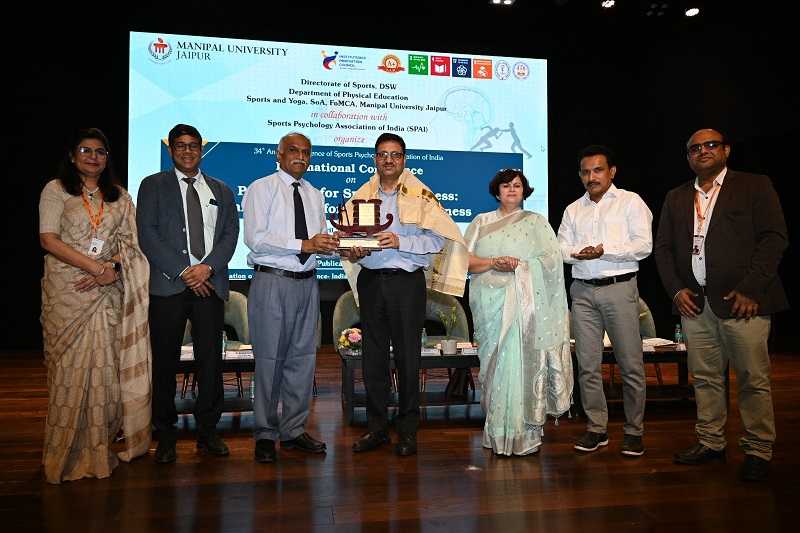Follow Us
Breaking News
- Indian Army Thwarts Pakistan's Attempts To Attack Military Bases, Tensions Escalate Between the Two Nations
- Indian forces repels Pakistan's 8 missiles and drones, intercepted by S-400 defence system
- Blood donation camp organised at Congress Bhawan
- Congress to organise Tiranga Yatra to support armed forces
- India thwarts Pak missile attack on 15 sites; launches drone strikes, neutralises air defence in Lahore
NASA’s Webb Snaps Supersonic Outflow of Young Star
Washington, Sep 15, (Fast Mail News):-- Herbig-Haro (HH) objects are luminous regions surrounding newborn stars, formed when stellar winds or jets of gas spewing from these newborn stars form shock waves colliding with nearby gas and dust at high speeds. This image of HH 211 from NASA’s James Webb Space Telescope reveals an outflow from a Class 0 protostar, an infantile analog of our Sun when it was no more than a few tens of thousands of years old and with a mass only 8% of the present-day Sun (it will eventually grow into a star like the Sun).
Infrared imaging is powerful in studying newborn stars and their outflows, because such stars are invariably still embedded within the gas from the molecular cloud in which they formed. The infrared emission of the star’s outflows penetrates the obscuring gas and dust, making a Herbig-Haro object like HH 211 ideal for observation with Webb’s sensitive infrared instruments. Molecules excited by the turbulent conditions, including molecular hydrogen, carbon monoxide, and silicon monoxide, emit infrared light that Webb can collect to map out the structure of the outflows.
The image showcases a series of bow shocks to the southeast (lower-left) and northwest (upper-right) as well as the narrow bipolar jet that powers them. Webb reveals this scene in unprecedented detail — roughly 5 to 10 times higher spatial resolution than any previous images of HH 211. The inner jet is seen to “wiggle” with mirror symmetry on either side of the central protostar. This is in agreement with observations on smaller scales and suggests that the protostar may in fact be an unresolved binary star.
Earlier observations of HH 211 with ground-based telescopes revealed giant bow shocks moving away from us (northwest) and moving towards us (southeast) and cavity-like structures in shocked hydrogen and carbon monoxide respectively, as well as a knotty and wiggling bipolar jet in silicon monoxide. Researchers have used Webb’s new observations to determine that the object’s outflow is relatively slow in comparison to more evolved protostars with similar types of outflows.
The team measured the velocities of the innermost outflow structures to be roughly 48-60 miles per second (80 to 100 kilometers per second). However, the difference in velocity between these sections of the outflow and the leading material they’re colliding with — the shockwave — is much smaller. The researchers concluded that outflows from the youngest stars, like that in the center of HH 211, are mostly made up of molecules, because the comparatively low shock wave velocities are not energetic enough to break the molecules apart into simpler atoms and ions.
The James Webb Space Telescope is the world's premier space science observatory. Webb is solving mysteries in our solar system, looking beyond to distant worlds around other stars, and probing the mysterious structures and origins of our universe and our place in it. Webb is an international program led by NASA with its partners, ESA (European Space Agency) and the Canadian Space Agency.
Related Science & Tech News
NASA Astronaut Don Pettit, Crewmates Complete Space Station Expedition
NASA astronaut Don Pettit returned to Earth Saturday, accompanied by Roscosmos cosmonauts Alexey Ovchinin and Ivan Vagner, concluding a seven-month science mission aboard the International Space Station.
The trio departed the space station at 5:57 p.m. EDT aboard the Soyuz MS-26 spacecraft bef....
NASA, SpaceX launch resupply mission to space station
LOS ANGELES:NASA and SpaceX launched a new commercial resupply services mission to the International Space Station (ISS)on Monday.
A SpaceX Dragon spacecraft lifted off at 4:15 a.m. Eastern Time from NASA's Kennedy Space Center in the southeastern U.S. state of Florida.
It is scheduled to auto....
NASA Astronauts Back on Earth After 9 Months In Space
(Fast Mail):-- Finally,NASA’s SpaceX Crew-9 completed the agency’s ninth commercial crew rotation mission to the International Space Station on Tuesday, splashing down safely in a SpaceX Dragon spacecraft off the coast of Tallahassee, Florida, in the Gulf of America.
NASA astronaut....
Stranded NASA astronauts to return home on Tuesday
NASA astronauts Suni Williams and Butch Wilmore, who have been stranded at the International Space Station (ISS) since last June, are scheduled to return to Earth aboard SpaceX's Dragon spacecraft on Tuesday, according to NASA.
Their fellow Crew-9 astronauts, NASA astronaut Nick Hague and Rosc....
SpaceX Crew-10 Reaches International Space Station, Sunita Williams Expresses Joy with Hugs
NASA and SpaceX’s Crew-10 mission has successfully reached the International Space Station (ISS). The astronauts of the Crew-10 mission arrived at the ISS aboard the Dragon spacecraft, launched via the Falcon 9 rocket. After successful docking and the opening of the hatch, the astronauts met S....
Top News
-
.jpg)
Indian Army Thwarts Pakistan's Attempts To Attack Military Bases, Tensions Escalate Between the Two Nations -
Indian forces repels Pakistan's 8 missiles and drones, intercepted by S-400 defence system -

India thwarts Pak missile attack on 15 sites; launches drone strikes, neutralises air defence in Lahore -

PM Modi Chairs High-Level Meeting with Secretaries of Government of India -
.jpg)
At least 100 terrorists killed as India airstrikes Pakistan under 'Operation Sindoor', Rajnath tells all-party meet -

India Destroys Pakistan’s Air Defense System in Lahore Using Israeli Drones -

Pakistan's Lahore rocked by serial blasts, eyewitnesses claim missile attack, airport shut down -
.jpg)
India’s Airstrike Causes Devastation in Pakistan:90 Terrorists Killed, Several Terror Camps Destroyed -
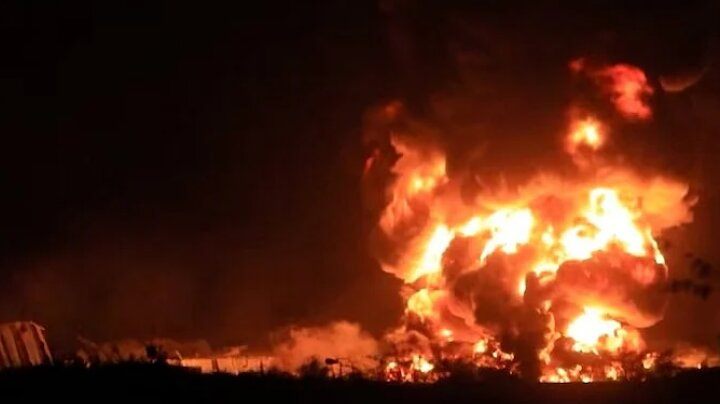
India Airstrikes Terror Camps in Pakistan Occupied Kashmir Under 'Operation Sindoor',Destroyed 9 Terrorist Hideouts -

BJP’s Anti-Women Mindset Exposed by Women Themselves: Akhilesh Yadav -
.jpg)
Kharge claims ‘intel report’ was sent to PM Modi 3 days before Pahalgam attack -
 (1).jpg)
PCC chief calls for protection to Indian constitution -
.jpg)
Pahalgam Attack: India Halts Chenab River Water Flow from Baglihar Dam -
.jpg)
Pakistani Ambassador Threatens India, Says Nuclear Weapons Will Be Used if Attacked -
.jpg)
Pahalgam attack: US Secretary of State Rubio spoke to Foreign Minister Jaishankar and Pakistan Prime Minister
Fast Mail Spotlight


© 2025 Fast Mail Media Pvt Ltd. All Rights Reserved.
Powered by : FM Media Pvt Ltd.
Developed by : Futuradept Tech



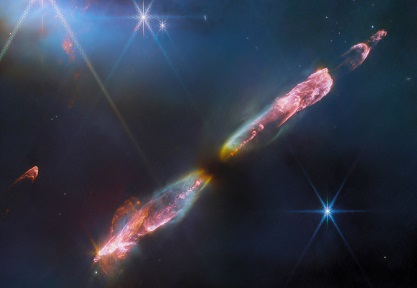
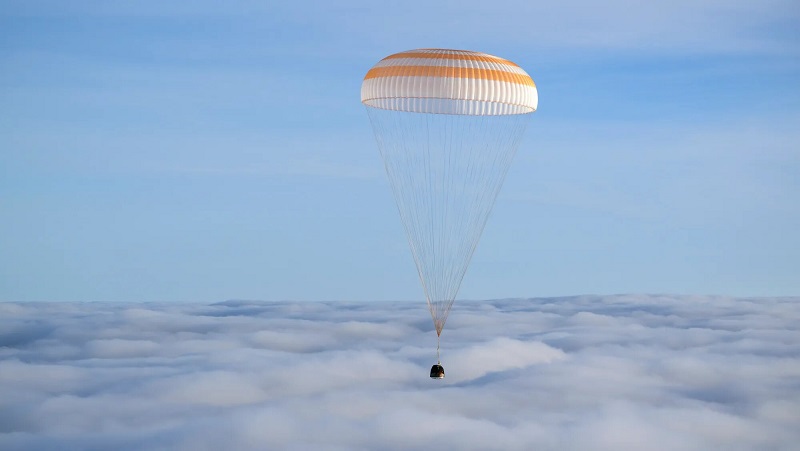
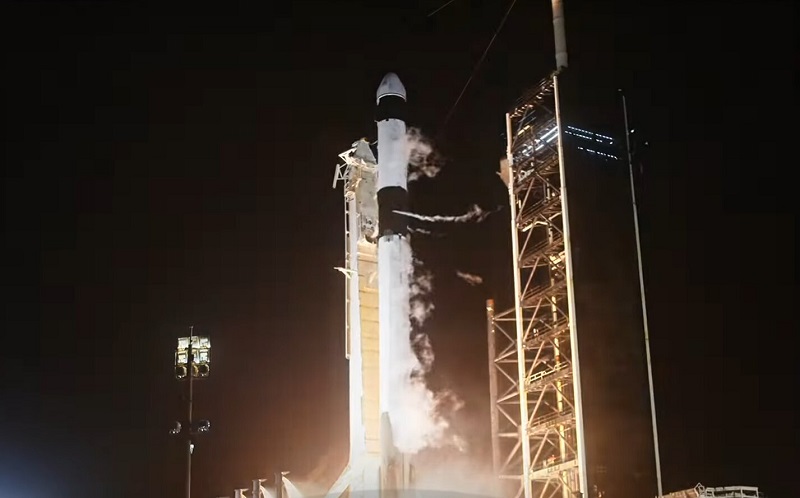
.jpg)
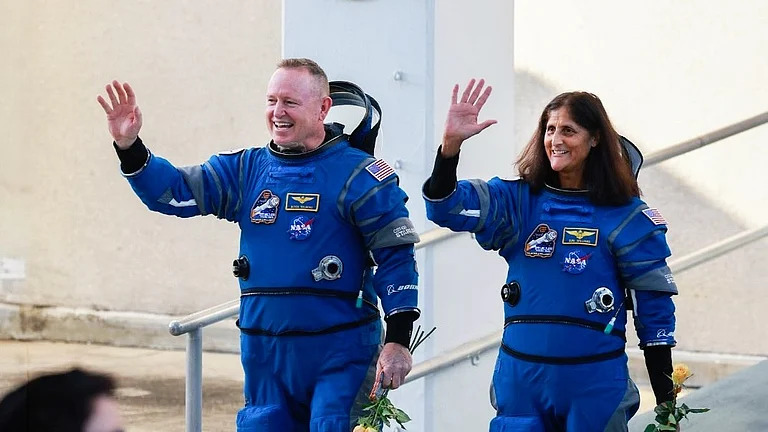
.jpg)

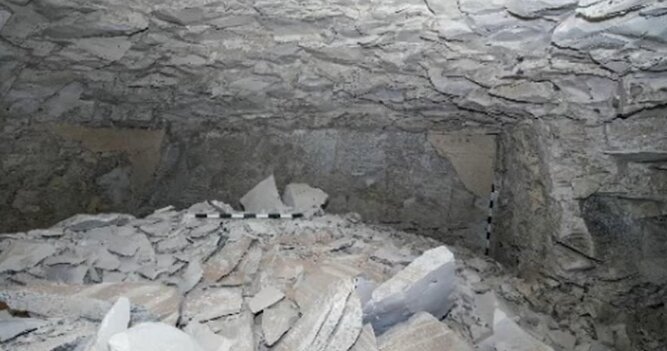










.jpg)



.jpg)


.jpg)


.jpg)

